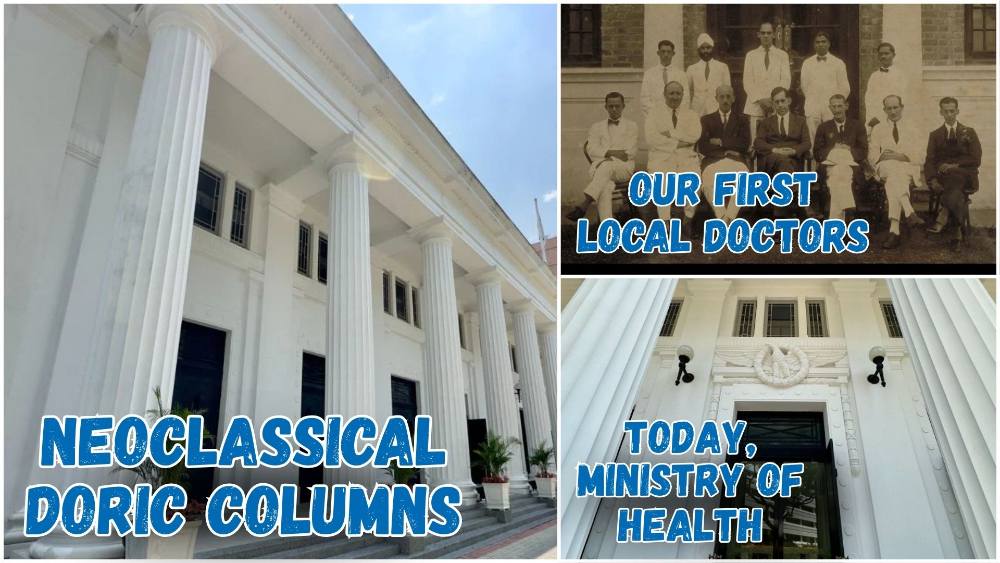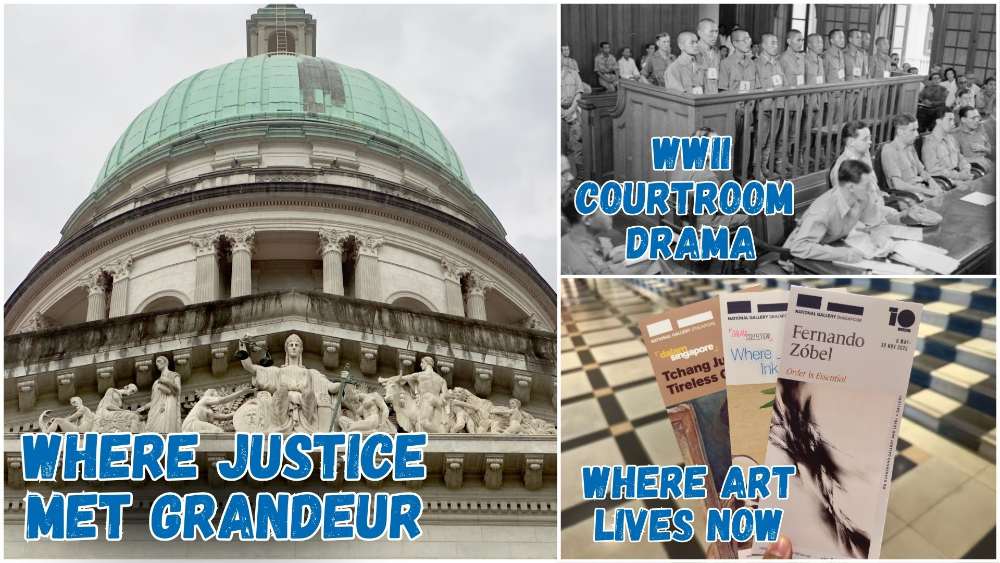National Monuments Of Singapore: Asian Civilisations Museum
What is a National Monument? Who gazettes them? How many national monuments are there in Singapore? To date, the Preservation of Sites and Monuments, a division of National Heritage Board, has identified and gazetted 75 buildings, structures and sites of national significance as an integral part of Singapore’s built heritage.
And we're here to tell you all about them - one National Monument at a time!
You've probably passed by or stepped into more than a few of them without realising they were National Monuments: Al-Abrar Mosque, Asian Civilisations Museum, the Civilian War Memorial, Saint Andrew's Cathedral, the Esplanade Park Memorials, Fort Siloso on Sentosa - no need to plan an itinerary for friends visiting from overseas; just show them this article ✌️
In this edition, we explore in detail one of the first museums in the region to focus on the diverse cultures and civilisations of Asia, the Asian Civilisations Museum (ACM).
📍 Location
The Asian Civilisations Museum was the 29th building to be gazetted as a National Monument, and is located near other National Monuments such as Victoria Theatre and Victoria Concert Hall, and The Arts House. The MRT stations nearest to ACM are Raffles Place, City Hall, or Clarke Quay.
📅 Significant dates
Dates built:
- 1864-1867: The former Empress Place Building was constructed
- 1997: The ACM was opened at the former Tao Nan School Building on Armenian Street
Milestones:
- 1867: The building was known as the Government Offices
- 1907: The building was renamed the Empress Place Building
- 2 Mar 2003: The former Empress Place Building reopened as the second wing of the ACM
- 2005: Armenian Street ACM building was closed
Date gazetted: 14 Feb 1992
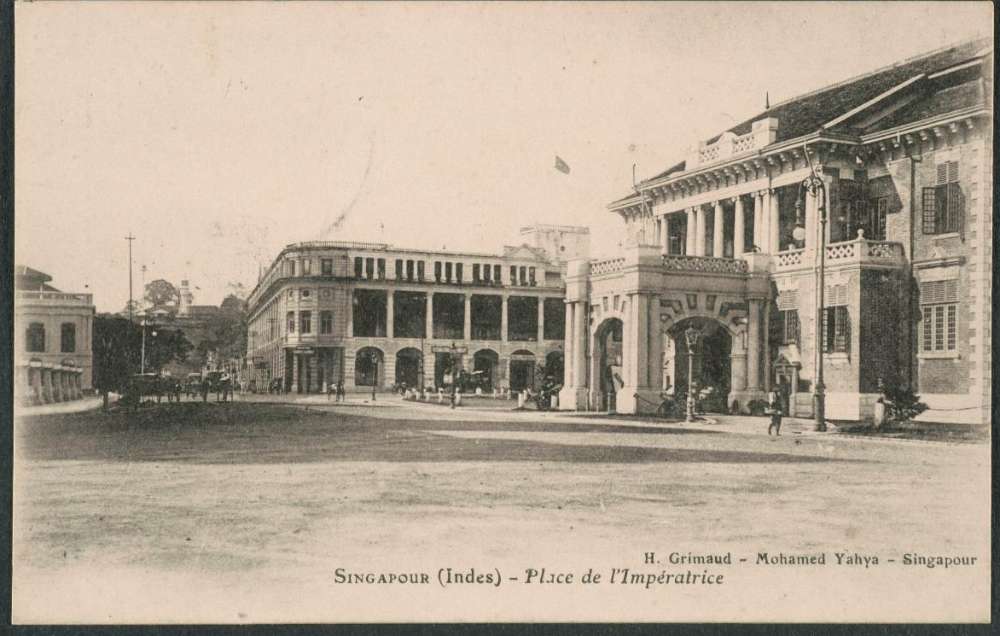 IMAGE: COLLECTION OF NATIONAL MUSEUM OF SINGAPORE
IMAGE: COLLECTION OF NATIONAL MUSEUM OF SINGAPORE
📜 History
The former Empress Place Building
When the building was first constructed in 1867, it was built with the intention of being a courthouse, and its first occupant was the Government Secretariat in 1865. So, it became known simply as the Government Offices.
Over the years, it lived up to its name and housed various government offices such as the Immigration Office, the Registry of Births and Deaths, the Citizenship Registry and the National Registration Department. It continued to be used by government agencies before it reopened as the second wing of the ACM in Mar 2003, with the first wing known today as the Peranakan Museum.
Fun fact: the building was renamed Empress Place Building in 1907 when the Municipal Council renamed the adjacent pedestrian space in honour of Queen Victoria who had died in 1901.

ACM's first opening at Armenian Street in 1997. | IMAGE COURTESY OF ASIAN CIVILISATIONS MUSEUM
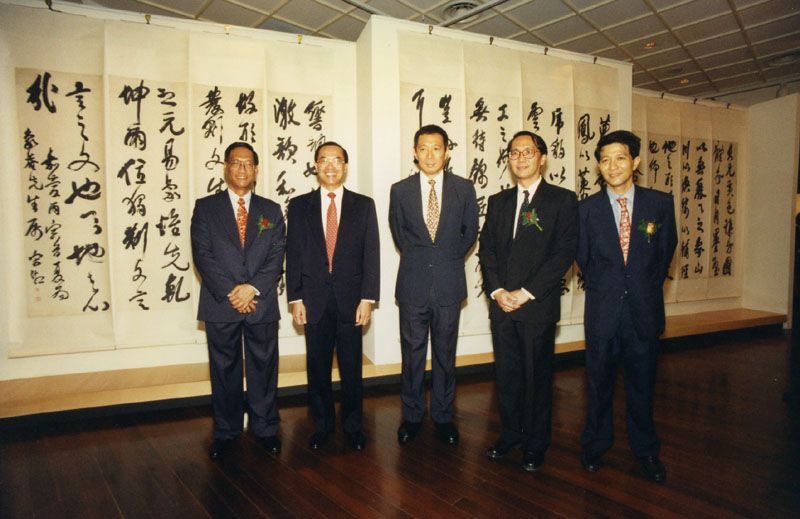
The opening in 1997 was graced by Mr Lee Hsien Loong (middle), who was then the Deputy Prime Minister of Singapore. | IMAGE COURTESY OF ASIAN CIVILISATIONS MUSEUM
The original ACM
The ACM first opened its doors on 21 Apr 1997 at the former Tao Nan School Building on Armenian Street, with then-Deputy Prime Minister Lee Hsien Loong officiating the launch. The museum featured ten galleries, showcasing thematic exhibitions focused on China, along with dedicated spaces for special displays. Following the success of a special exhibition on Peranakan culture, a permanent Peranakan display was later introduced.
At the end of 2005, the Armenian Street ACM building was closed. Due to the overwhelming popularity of its Peranakan exhibits, the site was redeveloped into the Peranakan Museum (another National Monument), which was officially inaugurated by then-Prime Minister Lee Hsien Loong on 25 Apr 2008. Today, the Peranakan Museum is operated and managed by the ACM.
 IMAGE: WIKIMEDIA COMMONS/@SENGKANG
IMAGE: WIKIMEDIA COMMONS/@SENGKANG
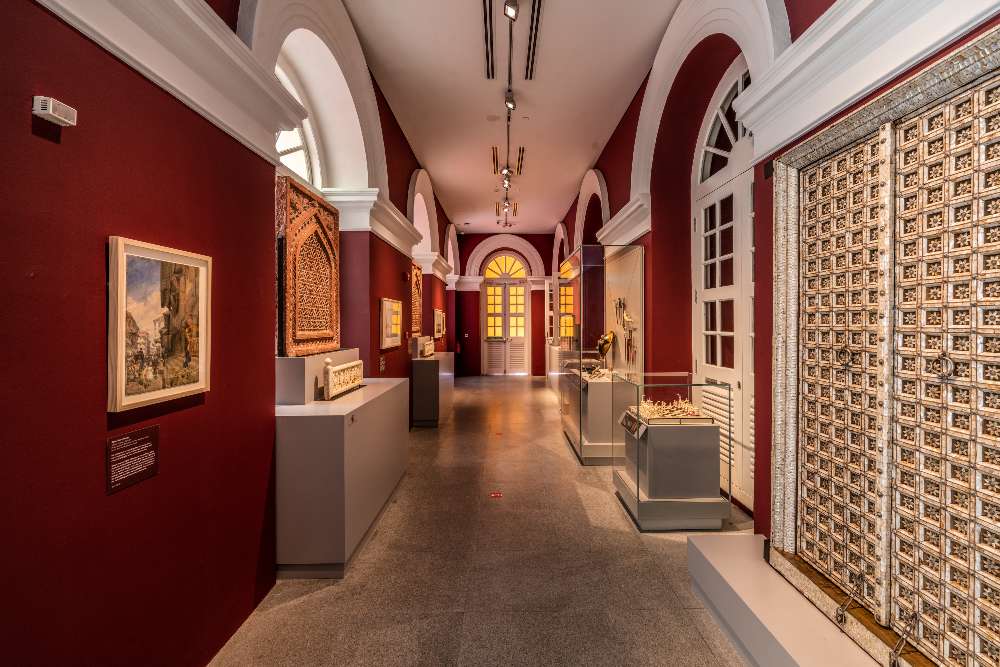 Court and Company Gallery. | IMAGE COURTESY OF ASIAN CIVILISATIONS MUSEUM
Court and Company Gallery. | IMAGE COURTESY OF ASIAN CIVILISATIONS MUSEUM
 Jewellery Gallery. | IMAGE COURTESY OF ASIAN CIVILISATIONS MUSEUM
Jewellery Gallery. | IMAGE COURTESY OF ASIAN CIVILISATIONS MUSEUM
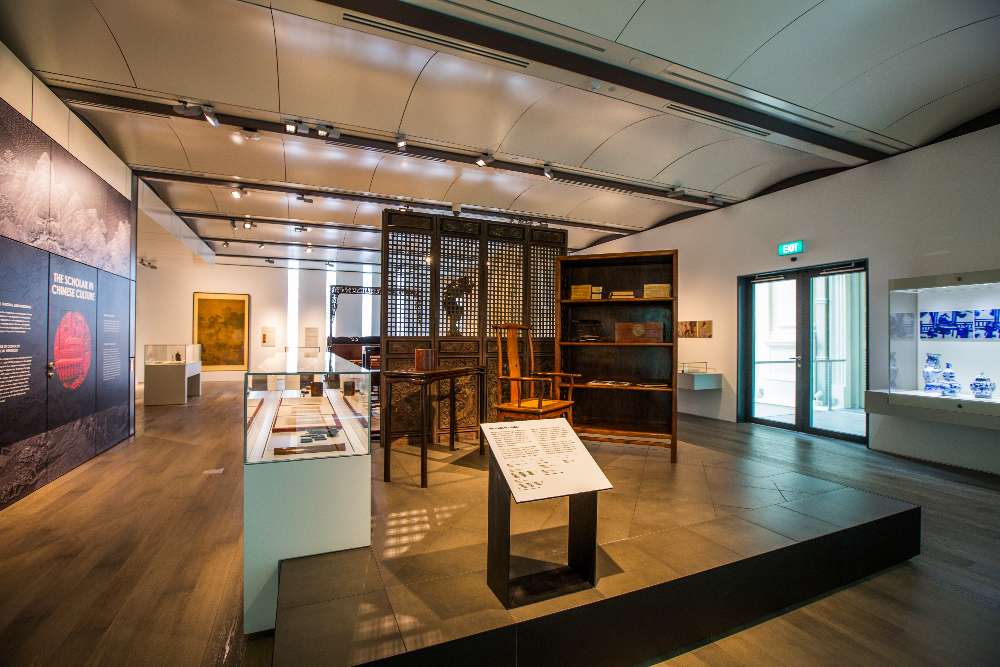 Scholars Gallery at the Kwek Hong Png Wing. I IMAGE COURTESY OF ASIAN CIVILISATIONS MUSEUM
Scholars Gallery at the Kwek Hong Png Wing. I IMAGE COURTESY OF ASIAN CIVILISATIONS MUSEUM
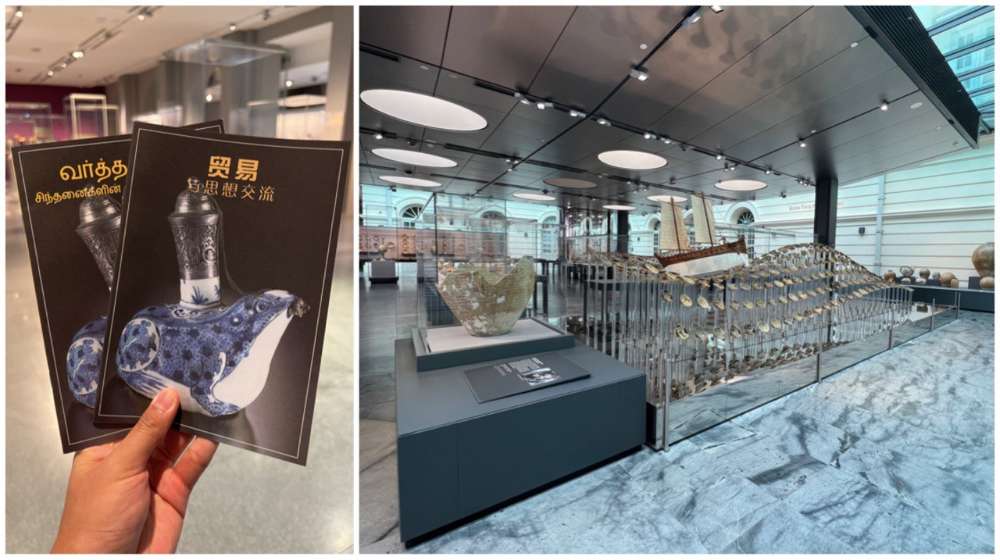 ACM is Singapore’s national museum of Asian antiquities and decorative art, devoted to preserving the cultural heritage of Asia, especially the ancestral cultures of Singaporeans. | IMAGES: NG KAI
ACM is Singapore’s national museum of Asian antiquities and decorative art, devoted to preserving the cultural heritage of Asia, especially the ancestral cultures of Singaporeans. | IMAGES: NG KAI
ACM today
In the late 1980s, government offices vacated the Empress Place Building when it was designated for restoration and conservation. Following a 14-month renovation, it reopened on 7 Apr 1989 as the Empress Place Museum, with its inaugural exhibition showcasing Qing dynasty furniture and artefacts. However, the museum struggled to attract sufficient visitors and ceased operations in 1995 after six years.
Subsequently, the National Heritage Board took over the building, incorporating it into the Asian Civilisations Museum (ACM). In 1998, the Public Works Department commenced restoration and expansion works, leading to the Empress Place Building's reopening as the second wing of the ACM on 1 Mar 2003. The museum's first wing was originally housed at the Armenian Street location, though it was later closed in 2005.
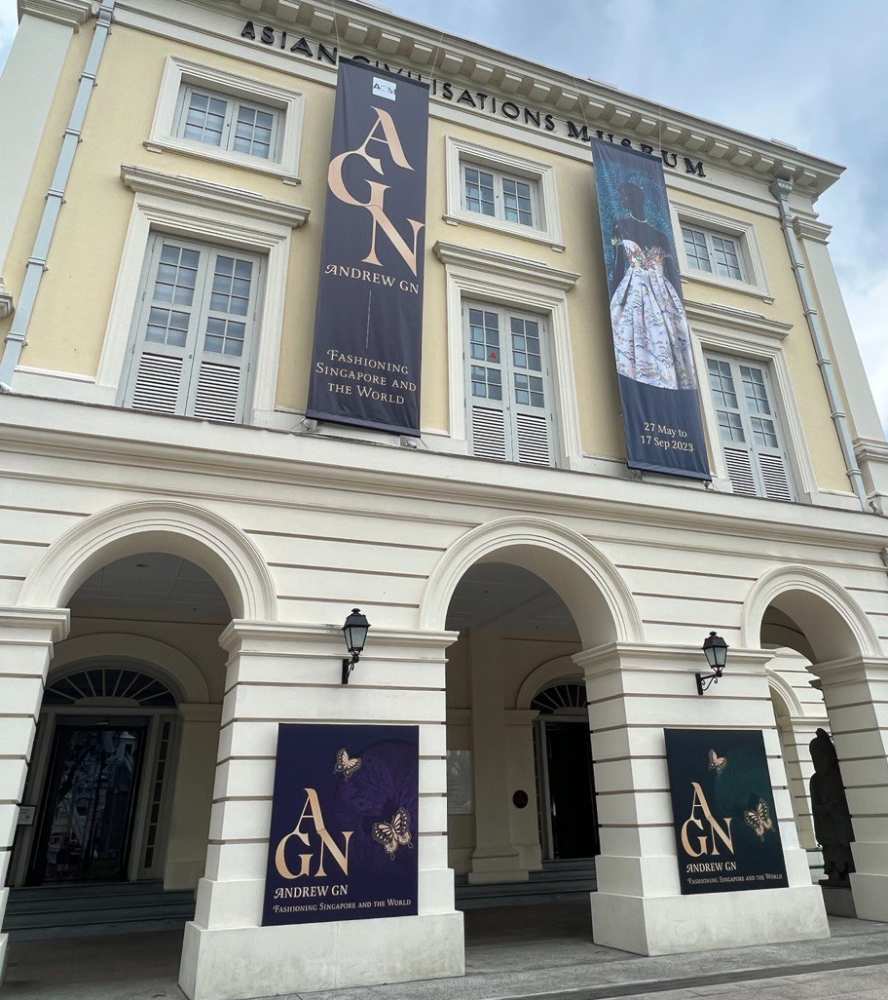 The architecture of the building dates back to 1864. | IMAGE: NG KAI
The architecture of the building dates back to 1864. | IMAGE: NG KAI
📐 Design and architecture
The original architect was Colonial Engineer Major John F. A. McNair, who also designed the Istana and Saint Andrew's Cathedral. More than 150 years on, nearly all extensions and modifications to the building have adhered to its original Neoclassical Palladian style. Many of its decorative elements have been preserved, including plaster mouldings, architraves (internal mouldings framing windows, doors, or openings), and cornices (ornamental borders where the ceiling meets the walls, as well as along the tops of some walls and buildings).
In 2015, the museum introduced contemporary architectural elements with the addition of two new wings, designed by GreenHilLi under the leadership of architects Nigel Greenhill and Li Sau Kei. The three-storey Kwek Hong Png Wing, spanning 869 square metres, presents a striking modern cube that appears to float on the Empress Place side of the museum. Meanwhile, the Riverfront Wing, facing the Singapore River, features a grand titanium entrance, offering an inviting gateway into the museum’s new gallery.
🕖 Opening hours
10am to 7pm daily, except Friday (till 9pm).
🎟️ Admission
Permanent galleries are free for Singaporeans and Permanent Residents (PRs), but special exhibitions are ticketed. Find out more here.
For the latest updates on Wonderwall.sg, be sure to follow us on TikTok, Telegram, Instagram, and Facebook. If you have a story idea for us, email us at [email protected].








